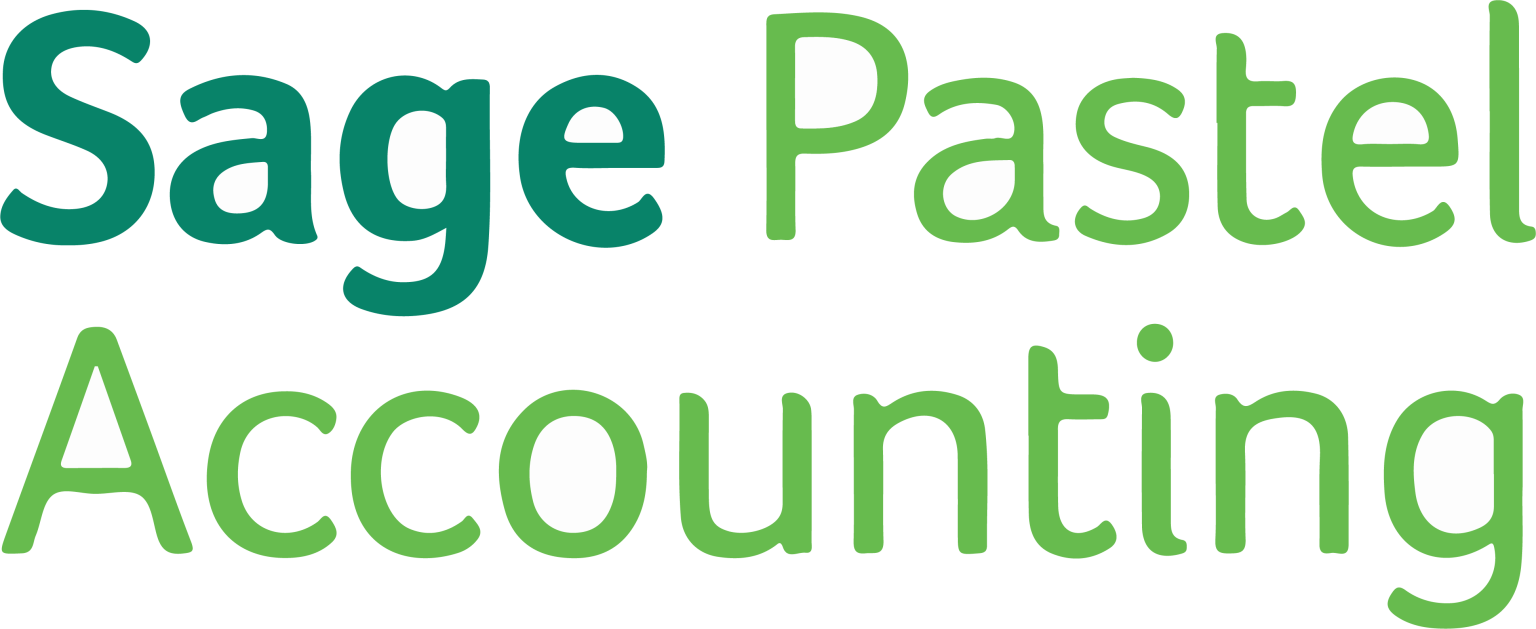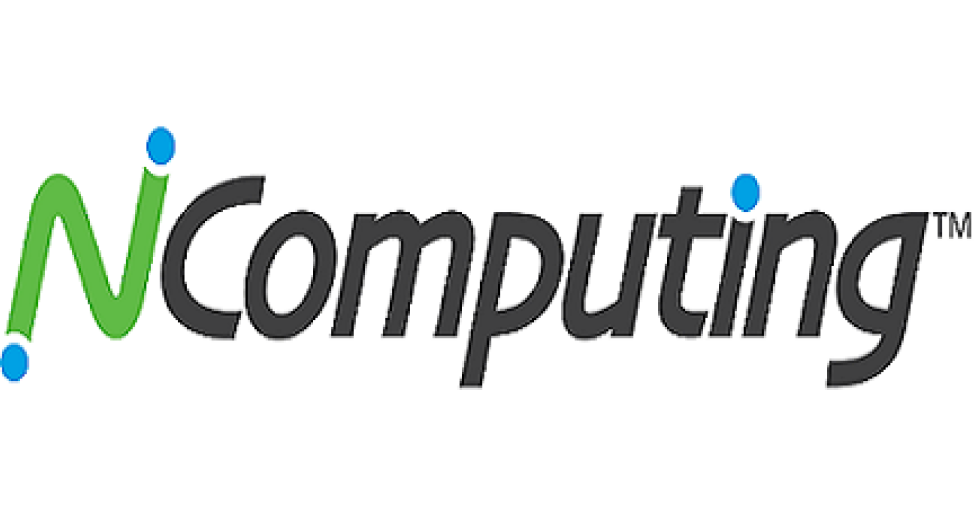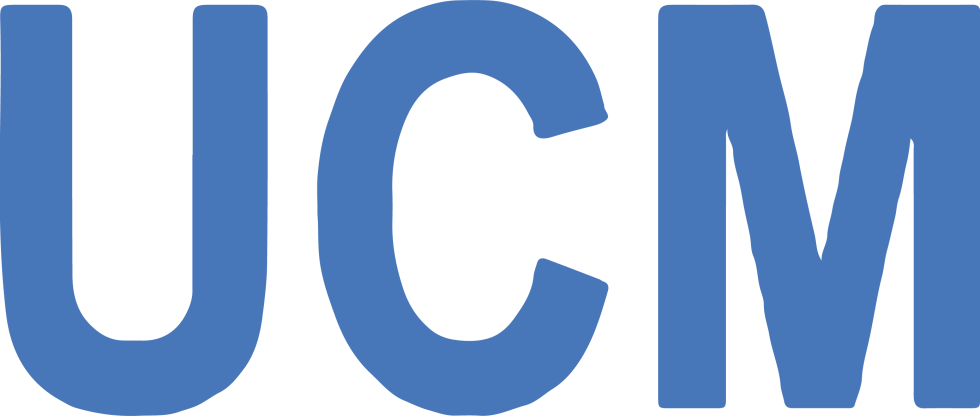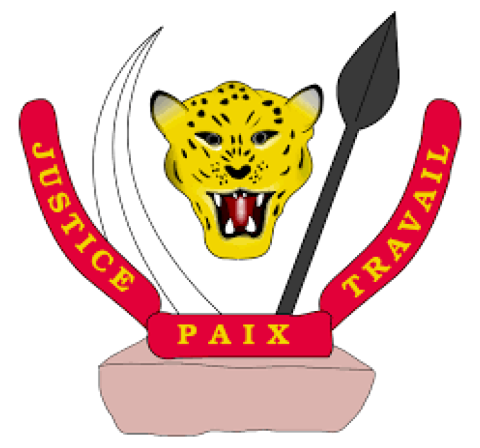Apropos de nous
BIZTECHNOLOGIES accélère les ambitions de ses clients en offrant une valeur exceptionnelle grâce à ses spécialistes. En tant qu’organisation, nous sommes inspirés par le travail d’équipe, l’innovation, la diversité et l’intégrité. Nous sommes motivés par l’excellence professionnelle et toujours plaçons nos En tant qu’acteur mondial dans la fourniture et la gestion de solutions et services d’infrastructures informatiques spécialisés, nous apportons vos idées ambitieuses à la vie et accélérons votre réussite. Visionnaire d’un Business qui fonctionne avec la technologie: Nous avons ajouté la technologie à la stratégie de sorte que vous puissiez obtenir un effet multiplicateur.

NOS CENTRES DE SERVICES
Nous intervenons dans un ensemble des secteurs clés favorisant la croissance de nos clients
PRENDRE CONTACTVOUS APPRECIEREZ NOS VALEURS
Nous favorisons des valeurs et principes en conjonction avec une culture de la perfectionPOLYVALENCE
Nous favorisons des experts pluridisciplinaire ayant la maitrise des solutions complexes.
QUELQUES UNS DE NOS EXPERTS
Nous proposons une main d'oeuvre très qualifiée
Vava Alexandre
Techniciens de Support

Malik Stephan
Senior Developper

Samy Kangu
Graphic Designer

John Doe
Web Designer
NOTRE APPROCHE
Nous intervenons efficacement sur chacun de ces pointsPROJETS ET REALISATIONS
Nous avons entamé et mené à bien un certains nombres des projets d'envergures



Projects Conclus
Clients Satisfaits
Heures de Travail
Titres et Reconnaissances
Vous appreciez notre travail? Contactez nous pour solliciter un appel ou entretient
CONTACTEZNOS PARTENAIRES
Nous travaillons avec des entreprises et des tecnologies de premier plan
















